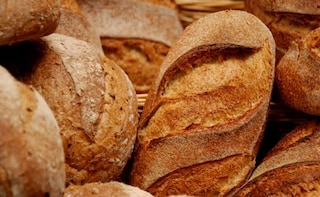"Pizza is a very young bread," says chef Armando di Fillipo at the Movenpick Hotel in Bangalore. I have always held Italian food to be quite tough to do anywhere outside Italy, given that the cuisine- cuisines really, because regional Italian food can be as diverse as Indian - is really based on the freshness of some incredible local ingredients there. But sometimes, you are in for a surprise.
Advertisement
Advertisement
Advertisement
Advertisement
For the latest food news, health tips and recipes, like us on Facebook or follow us on Twitter and YouTube.
Advertisement
